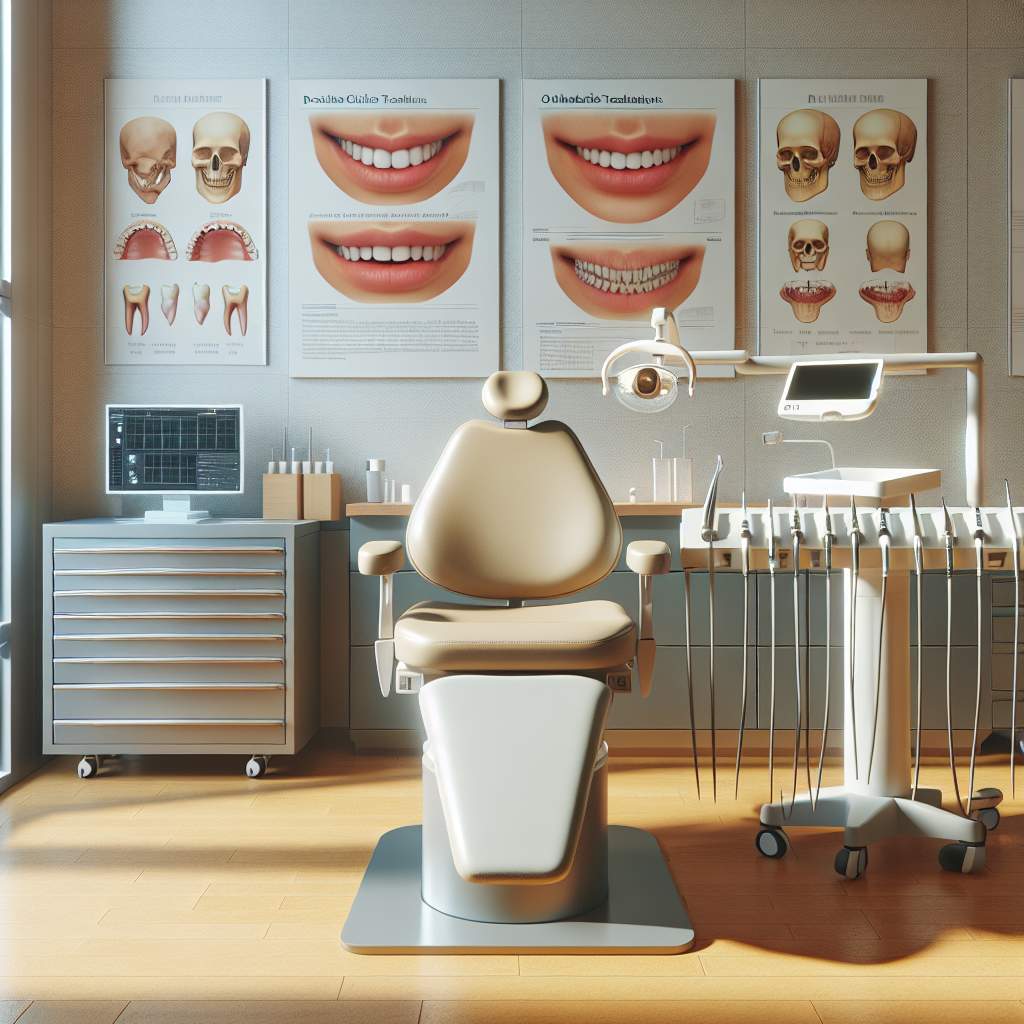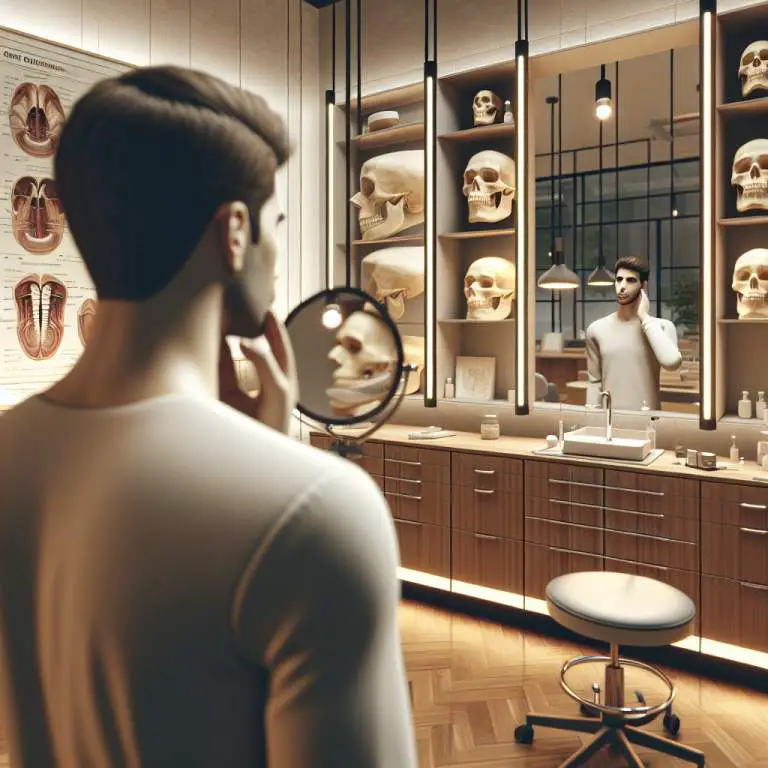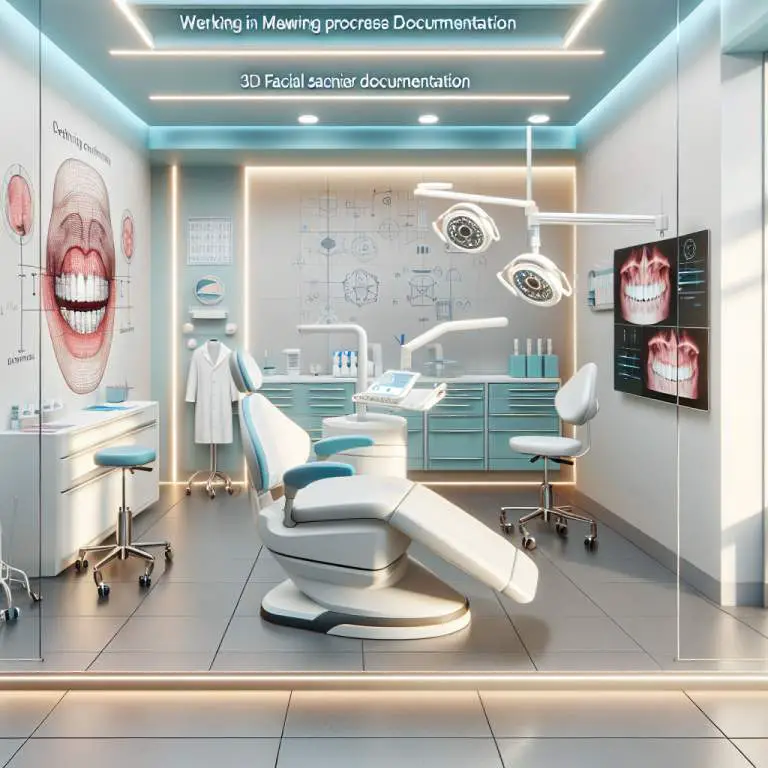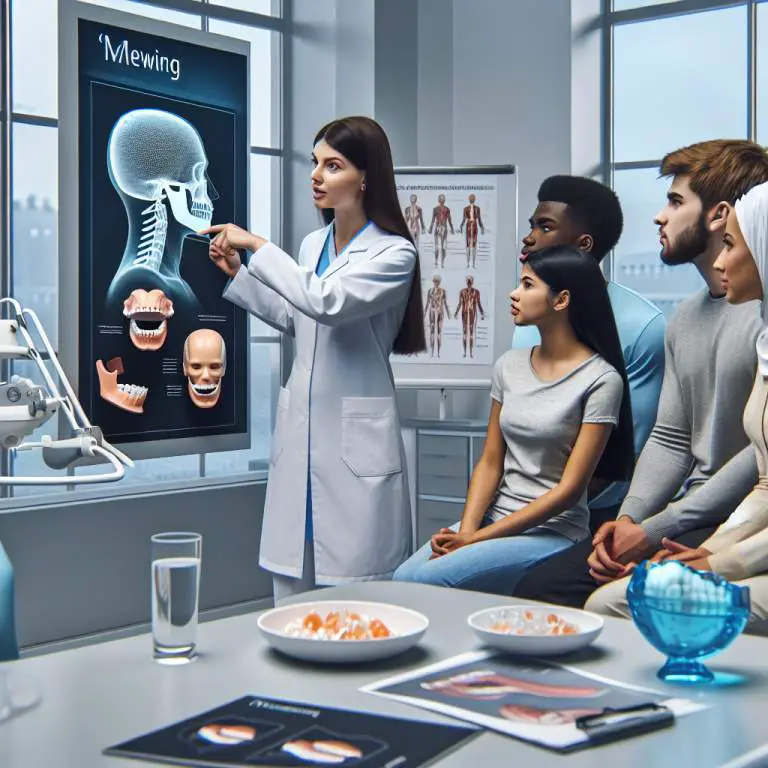Can mewing impact the angle or shape of the nose?
Mewing can indeed impact the angle or shape of your nose over time. This technique, which involves proper tongue posture, can lead to subtle changes in facial structure. As you practice mewing, it may slightly alter the position of your nasal septum and overall nasal appearance, making small adjustments to how your nose looks.

How Does Mewing Affect Facial Structure?
Mewing is a technique that involves placing your tongue on the roof of your mouth. This position is supposed to help shape your face in a certain way. People believe it can make your jawline sharper and your face look better overall.
When you practice mewing, you’re using muscles in a new way. It’s like exercising parts of your face and neck. Over time, this might change how your face looks. But remember, everyone’s face is different, so changes can vary from person to person.
What Are the Theoretical Changes to the Nose from Mewing?
Some people think that mewing can also change how your nose looks. They say it might make the base of your nose appear narrower or change its angle slightly. This is because mewing could affect the bones and tissues around your nose.
However, it’s important to understand that these are just theories. There isn’t a lot of scientific proof yet that shows mewing can change the nose in these ways. So, if you’re trying mewing for these reasons, keep an open mind about the results.
Can Mewing Alter the Position of the Maxilla and Its Effect on the Nose?
The maxilla is a bone in your face that holds your upper teeth and shapes part of your nasal cavity. Some people believe that mewing can move this bone upwards and forwards. If true, this could have an effect on how your nose looks since it’s all connected.
Moving the maxilla could potentially make changes to the appearance of someone’s nose by altering its support structure. But again, this idea comes more from personal stories than from solid science. We still need more research to know for sure if mewing can do this.
Is There Scientific Evidence Supporting Changes in Nasal Structure Through Mewing?
Right now, there isn’t much scientific evidence that confirms mewing can change nasal structure directly. Most of what we hear about mewing comes from people sharing their own experiences online rather than from scientific studies.
This doesn’t mean changes aren’t possible; it just means we don’t have enough proof yet to say for sure. Scientists would need to do more research on how mewing affects facial bones and tissues before we know what it can really do for our noses.
| Facial Feature | Potential Changes from Mewing |
|---|---|
| Nose Appearance | Slight lifting and straightening of the nasal tip, potentially narrower appearance due to aligned maxilla. |
| Jawline Definition | More defined jawline, with a sharper angle between the neck and jaw. |
| Cheekbone Prominence | Higher and more pronounced cheekbones. |
| Overall Facial Symmetry | Improved facial symmetry due to the realignment of jaw and other facial bones. |
| Dental Alignment | Better alignment of teeth, which can influence overall facial aesthetics. |
| Palate Width | Possibly wider palate, contributing to improved breathing and sinus health. |
How Long Does It Take to See Changes in the Nose from Mewing?
Seeing changes in the nose from mewing can take time. For some people, minor improvements might be noticeable within a few months. However, for significant changes, it could take years of consistent practice. Everyone’s body reacts differently to mewing based on various factors like age and how correctly they perform the technique.
Patience is key when practicing mewing. Since it’s a natural process, results won’t appear overnight. Keeping expectations realistic and staying committed to proper form is essential for anyone looking to see benefits in their nasal structure from mewing.
What Techniques Enhance Mewing Effects on the Nose?
To enhance the effects of mewing on the nose, maintaining correct tongue posture is crucial. The tongue should rest fully against the roof of the mouth, not just the tip. This full contact helps apply pressure evenly across the midface, potentially influencing nasal structure over time.
Incorporating proper breathing techniques can also support mewing efforts. Breathing through the nose rather than the mouth encourages better posture and may amplify mewing’s impact on nasal health and appearance. Consistency in these practices plays a significant role in achieving desired outcomes.
Are There Any Risks or Side Effects of Mewing Related to Nasal Health?
Mewing, when done correctly, is generally safe with minimal risks. However, incorrect technique can lead to issues. For instance, applying too much pressure with the tongue or incorrect positioning can cause discomfort or even pain in the jaw and teeth, which might indirectly affect nasal health by altering breathing patterns.
It’s also important to note that excessive focus on changing one’s facial structure through practices like mewing could potentially lead to psychological distress or unrealistic expectations about physical appearance. Consulting healthcare professionals before starting any new practice is always advisable.
Final Thoughts
Mewing has gained attention as a method to potentially influence facial structure, including changes in the nose. While some individuals report positive changes, it’s important to approach this practice with patience and realistic expectations due to variability in results and timeframes.
Adopting correct techniques and being mindful of potential risks are crucial steps for anyone interested in exploring mewing for nasal health improvements. As with any self-improvement endeavor, prioritizing overall well-being above aesthetic changes is essential.






